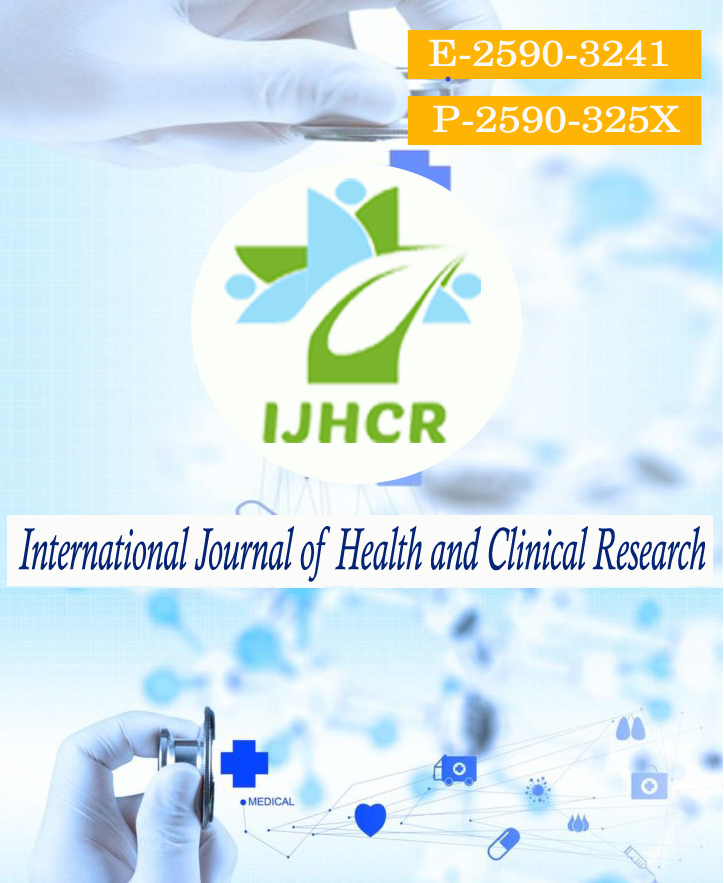Immunohistochemical loss of expression of estrogen receptor beta as a significant diagnostic marker in prostatic carcinoma
Keywords:
Estrogen receptor, ERα, ERβ, prostate, immunohistochemistryAbstract
Background: Prostate is the site of two of the most common diseases in elderly men, BPH and Prostatic adenocarcinoma(PCa). Androgen dependency of prostate has long been known. But, role of estrogen in prostate and human prostate carcinogenesis has only been recently recognized. Estrogen receptor(ER) has opposing effects in prostate via two isoforms ER α and β. Current studies suggest that decreased expression of ERβ is associated with PCa, while ERα is oncogenic. But, some studies in literature showed that ERβ2 and ERβ5 promote invasion and metastasis in PCa.This study was done to evaluate and correlate the patterns of immunohistochemical expression of ERα and ERβ in patients with PCa, prostatic intraepithelial neoplasia (PIN) and BPH. Materials and methods: This study includes 69 cases of prostatic lesions, including 23 PCa and 46 BPH cases. We have done IHC with 4 markers including, p63, AMACR, ERα and ERβ in sections from formalin fixed paraffin blocks of tissues from all 69 cases. Results: IHC expression of p63, AMACR and ERβ showed statistically significant difference between PCa and BPH cases, at p value <0.005. All PCa cases showed p63-ve and AMACR +ve immunostaining and vice versa was true in all BPH cases. PCa cases showed lower ERβ expression in both epithelial and stromal compartments compared to BPH cases. No significant difference in expression of ERα between PCa and BPH cases. Conclusion: ERβ may have an antiproliferative role in prostate carcinogenesis and may be targeted for newer therapeutic options.
Downloads
Published
How to Cite
Issue
Section
License
Copyright (c) 2022 M.Dina Mary, Shantaraman Kalyanaraman, Deepadevi .G, Vasuki Muthuraman

This work is licensed under a Creative Commons Attribution 4.0 International License.






 All articles published in International Journal of Health and Clinical Research are licensed under a
All articles published in International Journal of Health and Clinical Research are licensed under a 